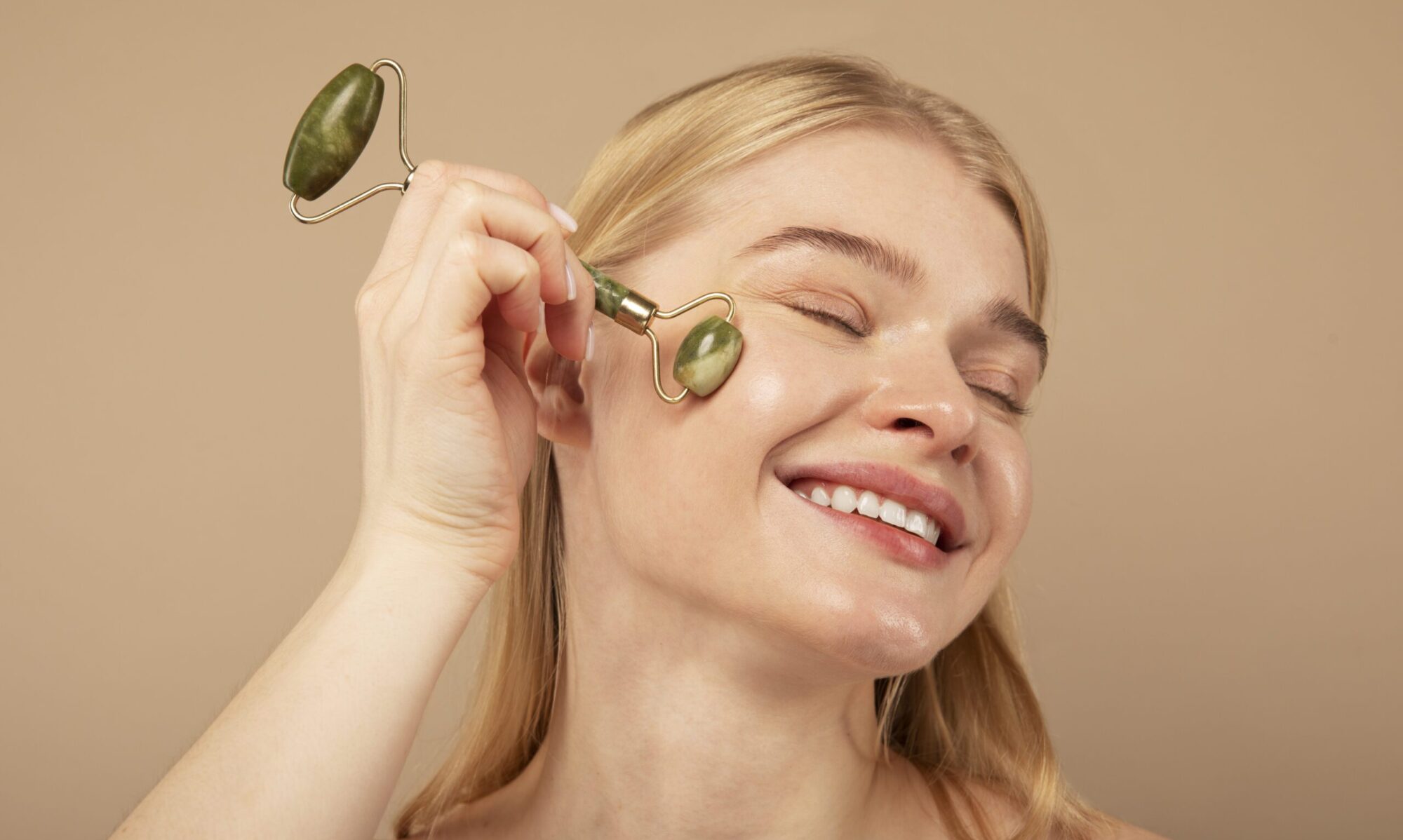In the battle of Retinol vs. Tretinoin, many people struggle to decide which one to choose for anti-aging. Both are vitamin A derivatives that have become popular for their ability to reduce wrinkles, treat acne, and enhance the texture of the skin. However, there are significant differences among both such as their strength, availability and way of working on skin. As a result the retinol vs tretinoin battle has created a lot of confusion among people. In this article, we’ll explore the differences between retinol and tretinoin to help you in making an informed decision for your skincare routine.

Retinol: Over-the-Counter Skincare Hero
A common component found in many over-the-counter skincare products is retinol. It is a mild version of vitamin A that functions by encouraging the production of collagen and cell turnover. Retinol natural effects have become highly famous several reasons: minimizing inflammation, reduce fine lines, even out skin tone, and enhance skin texture overall. For people who are new to retinoids or have sensitive skin, this is an excellent place to start because it is less potent.
Tretinoin: Prescription Powerhouse
tretinoin strengths are far stronger retinoid than retinol that is why it is a prescription-only medication. Some serious skin conditions like acne, hyperpigmentation, and noticeable aging symptoms are often treated with Tretinoin. As compared to retinol, tretinoin acts faster and more efficiently, but it might also irritate the skin a bit more, especially at the initial stage of using it.
Tretinoin vs. Retinol: Key Differences
When comparing Retinol vs. Tretinoin, the strength and availability of tretinoin and retinol are the main variables between them. Because Tretinoin is more powerful and acts more quickly, it can only be obtained with a prescription. Retinol, on the other hand, is more readily available and easier on the skin, while having a milder and slower process. Considering these factors, retinol is a better option for beginners or people with sensitive skin, whereas tretinoin is best for people who require more intensive care.
Let’s dive deep and understand each of these ingredients individually
Tretinoin: How Long Does it Take to Work?
One of the most common question to be asked is how long does tretinoin take to start working. The response varies, but you can say that in average 8 to 12 weeks is when noticeable results start to show. Since the skin may take some time to get used to the strength of tretinoin, it’s important to apply it consistently and stay patient.
Is Tretinoin Retinol?
A question pondered often by many is: is tretinoin the same as retinol? Well, to clear out any confusion, no they are not the same, although they are both retinoids made from vitamin A. Retinol is an inactive type of retinoic acid that the skin transforms into retinoic acid. Whereas, Tretinoin is an active form of retinoic acid and is more potent.
Tretinoin Before and Afters: What Can You Expect?
Tretinoin has the potential to provide quite spectacular results; many users report noticeably smoother skin, less fine lines, and improved skin texture. But these effects take time and it’s typical to see noticeable “before and after” effects after a few months of consistent use.
Where to Buy Tretinoin Cream
As tretinoin requires a prescription, it’s extremely important to consult a dermatologist before using it. tretinoin cream can be bought at most pharmacies or online via medical services once a prescription has been acquired. tretinoin price may vary from product to product. To avoid fake products make sure you only purchase from reliable vendors.
Tretinoin Cream for Stretch Marks
Although tretinoin is most commonly used to treat wrinkles and acne, it has also been used for reducing the visibility of stretch marks. The cream works by encouraging collagen production, which can then help improve the texture and color of stretch marks, especially those that are new.
The Benefits of Retinol on Skin
Retinol is well-known for its many beneficial effects on the skin. It helps to increase production of collagen so retinol under eye cream reduces the visibility of wrinkles and fine lines. Moreover, retinol increases cell turnover, resulting in skin that is smoother and brighter. Since retinol is less likely to irritate skin than tretinoin, it is appropriate for all skin types, particularly sensitive skin.
Retinol Youth Renewal Serum
The Retinol Youth Renewal Serum is a well-liked option for people hoping to include retinol in their skincare routine. Additional hydrating ingredients are added in this product to minimize irritation. It works especially well in reviving the skin and minimizing aging signs, leaving the skin look more youthful and glowing.
Retinol Burn: Understanding the Side Effects
Retinol burn, or the redness, dryness, and peeling that some people feel when they first start using the product, is one of the possible negative effects of using retinol. In order to avoid this situation, its preferred that you start with a lower concentration and increase the usage as your skin develops tolerance.
CeraVe Retinol: A Balanced Option
CeraVe Retinol is a milder option for people who find tretinoin to be too strong. This over-the-counter medication is a good option for sensitive skin since it blends the benefits of retinol with ceramides to secure skin’s barrier.
Incorporating Retinol Eye Cream
If you’re already using a retinol youth renewal eye cream as part of your skincare routine, you might be wondering how you can use tretinoin under eyes as well. Due to its potent nature, tretinoin should be alternated with retinol eye cream to prevent irritation, particularly around the sensitive eye area. Read more about the retinol eye cream here.
Conclusion
In the end, if you’re unsure whether to choose Retinol vs. Tretinoin, understanding your skin’s needs is crucial. Your skincare priorities and the demands of your skin will determine whether tretinoin or retinol is best for you. tretinoin skincare routine may cause more irritation for some people or can be dramatically effective and quicker in showing results, but it needs a prescription to administer tretinoin doses. In contrast, retinol is more easily obtainable and milder, which makes it a great choice for people who are new to retinoids or have sensitive skin. And lastly for the best outcomes, consistency is essential, regardless of the option you select. For more information on this topic read this article Healthline.
FAQs
What is better, tretinoin or retinol?
Compared to retinol, tretinoin is more potent and works rather quickly, but it can also irritate more. For beginners or people with sensitive skin, retinol is a gentler and better option.
Is 1% retinol equivalent to tretinoin?
No, Retinol 1% is not the same as tretinoin. . tretinoin percentages differ from retinol. Tretinoin is far stronger than retinol, even at a lesser percentage.
Why is tretinoin prescription only?
Due to its potency and its adverse effects, which require medical monitoring to ensure safe usage, tretinoin is only available with a prescription.
Can I alternate between tretinoin and retinol?
Yes, It’s true that switching between tretinoin and retinol can reduce irritation without sacrificing anti-aging effects.
Is retinol eye cream compatible with tretinoin?
Yes, but to prevent too much irritation, particularly in the delicate area around the eyes, it’s advisable to apply them on different nights.

